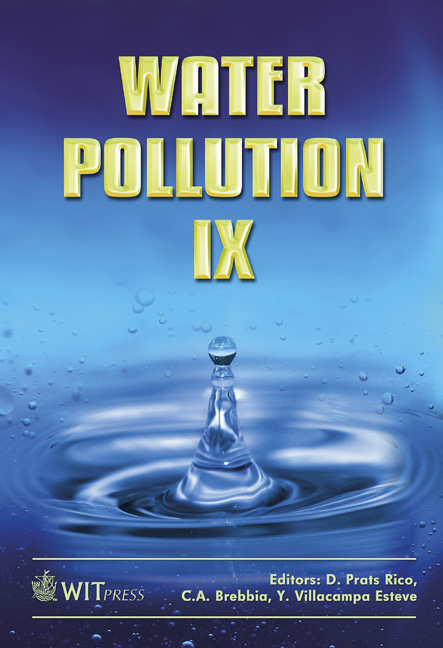Groundwater Contaminations – The Use Of LC-NMR And LC-MS To Characterize The Scope Of Polar Contaminants
Price
Free (open access)
Transaction
Volume
111
Pages
12
Page Range
127 - 138
Published
2008
Size
438 kb
Paper DOI
10.2495/WP080131
Copyright
WIT Press
Author(s)
A. Preiss, M. Elend, S. Gerling, E. Berger-Preiss, A.-K. Reineke & J. Hollender
Abstract
Organic pollutants that are released into the environment are subjected to various chemical, photochemical and microbiological transformation processes. As a result, a variety of new and unexpected transformation products can be formed and, as a rule, they are more polar than the parent compounds. While the parent compounds and some of their known metabolites are analyzed with optimized analytical methods (target analysis) unknown transformation products and metabolites have often been overlooked in the past. Today, the combined use of LC-NMR and LC-MS techniques offer the possibility to identify unknown compounds in environmental samples routinely (non-target analysis). General aspects of this new analytical approach are discussed and examples of application are reported, which cover the characterization of polar explosives and related compounds in groundwater samples from ammunition waste sites. Via the example of biodegradation of mononitrotoluenes, it is further shown how non-target analysis can complement the investigation of the fate of environmental pollutants. Keywords: non-target analysis, LC-NMR, LC-MS, explosives and related compounds.
Keywords
non-target analysis, LC-NMR, LC-MS, explosives and related compounds.





